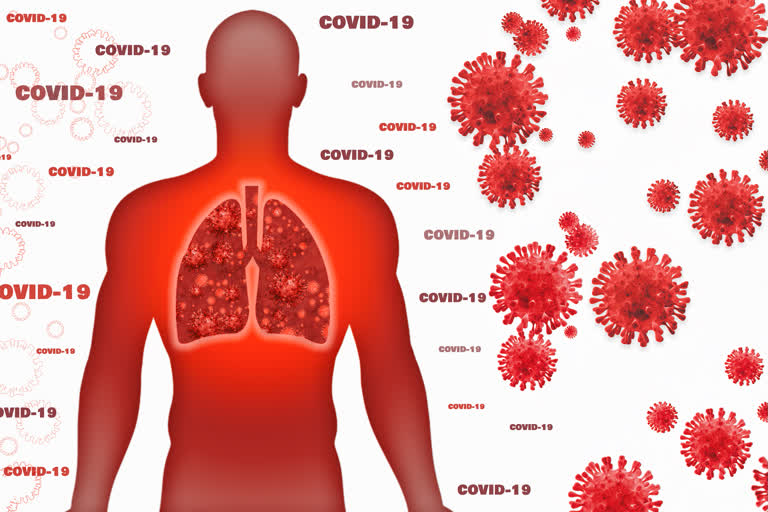Researchers identify new possible entry points for SARS-CoV-2 into human bodies
- An infection with the coronavirus SARS-CoV-2 can affect multiple organs. With this in mind, researchers of the German Center for Neurodegenerative Diseases (DZNE) and Cornell University in the US have investigated cellular factors that could be significant for an infection. To this end, they analyzed the activity of 28 specific genes in a wide range of human tissues. Their findings, which provide a map of potentially disease-relevant factors across the human body, are published in the journal Cell Reports.
- "SARS-CoV-2 not just infects the respiratory system, it has the potential to affect many other organs in the body. Even if the virus infects the respiratory system first, it is essential to be able to predict where it might go next. This aids to develop therapies. Our goal was thus to learn more about what makes the different organs susceptible to infection," explained Dr. Vikas Bansal, a data scientist at the DZNE's Tuebingen site. "Therefore, we looked at different tissues to see which components of the cellular machinery might be relevant for infection and also which cell types appear to be particularly susceptible.
- In cooperation with his US colleagues, Bansal started by identifying 28 human genes, respectively cellular factors, that enable the virus to enter human cells or that might otherwise be important for infection. In addition to receptors on the cell surface, these included, for example, proteins that the pathogen presumably needs in order to multiply within a cell. Importantly, the list of studied factors also contains enzymes that block the penetration of pathogens into cells - known as "restrictors factors". In summary, the 28 analyzed cellular features are dubbed "SCARFs" for "SARS-CoV-2 and coronavirus associated receptors and factors".
- "The virus is known to misuse the so-called ACE2 receptor, which occurs on the surface of human cells, to dock and infiltrate them. A lot of attention is therefore paid to this receptor and other factors associated with it. They are potential starting points for therapies," said Bansal. However, related coronaviruses are known to use a broad range of possibilities to infect cells. According to the researcher, evidence suggests that this also applies to SARS-CoV-2.
Battlegrounds and hotspots
In line with the known fact that SARS-CoV-2 attacks in particular the respiratory tract, the expression patterns identify the nasal mucosa as a "battleground". Accordingly, cells of the nasal mucosa contain both factors that facilitate infection like the ACE2 receptor as well as factors that inhibit viral entry, like IFITM3 and LY6E. "IFITM3 is a protein known to prevent other coronaviruses from crossing the cell membrane. The same might also apply to SARS-CoV-2. LY6E also acts as a defensive mechanism", said Bansal. "It thus seems that contact of the virus with the nasal mucosa leads to a tug-of-war. The question, therefore, is, who will emerge as the winner. Interestingly, our data suggest that the expression level of entry factors in the human nasal tissue shift with age. This could be a reason why the elderly are more susceptible to infection by SARS-CoV-2.



